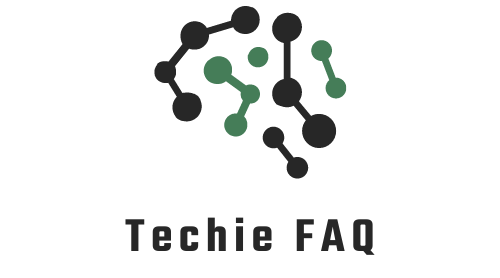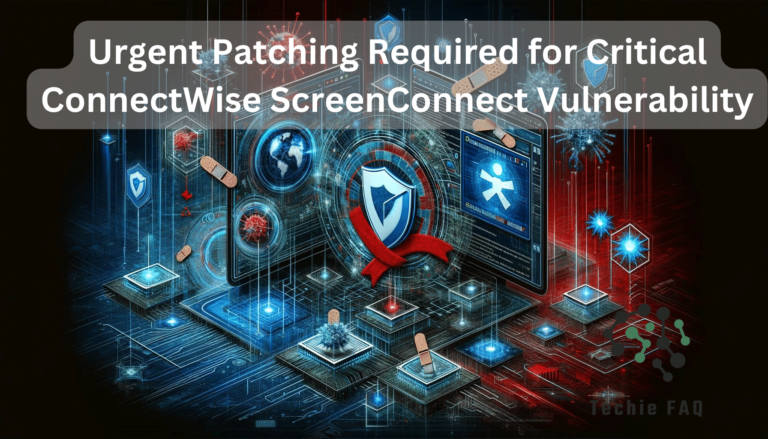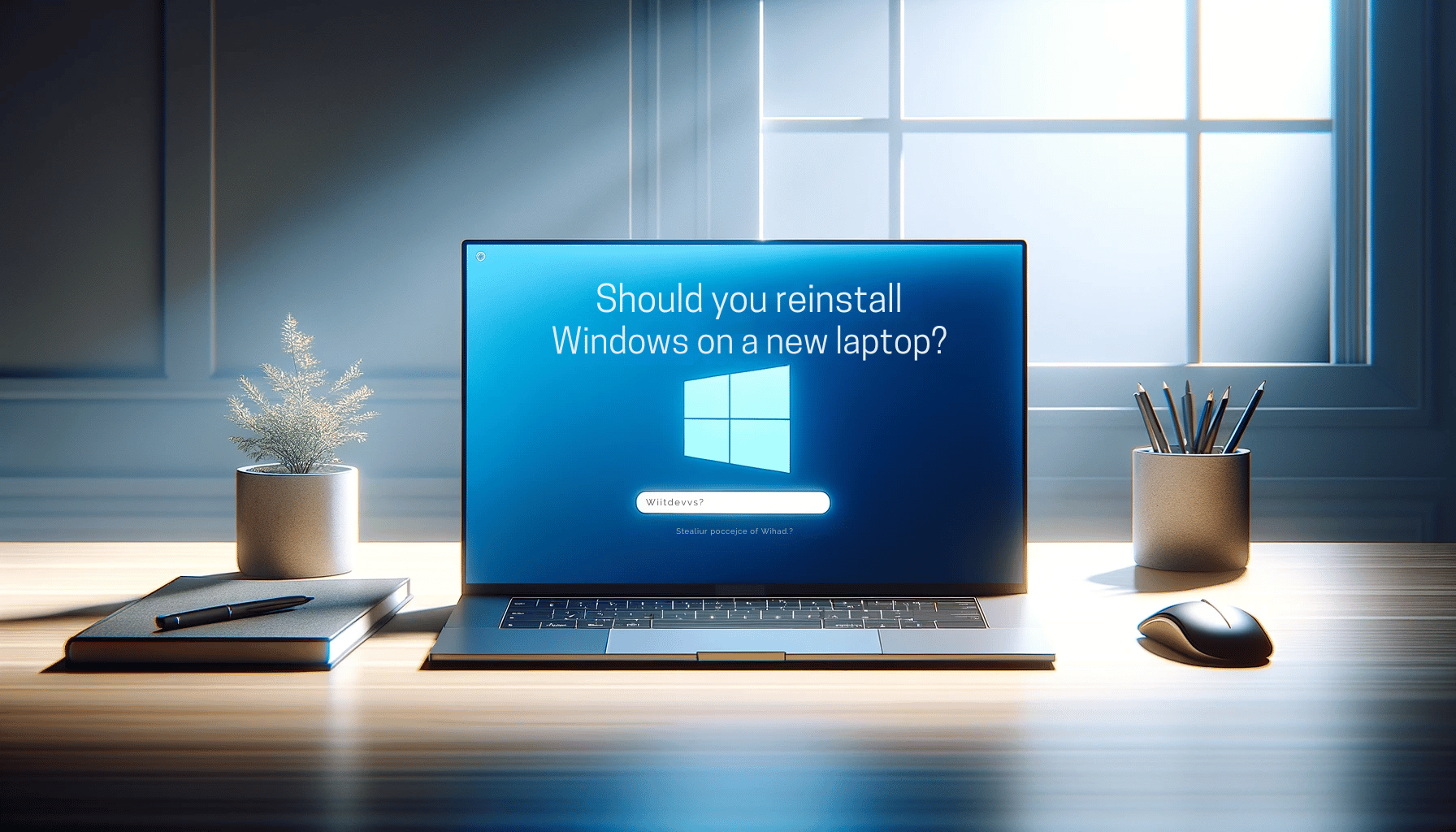In the realm of cybersecurity, a newly uncovered vulnerability within ConnectWise’s ScreenConnect software has sounded alarms across the industry. This flaw, a remote code execution (RCE) vulnerability, has been evaluated with the highest severity score possible: a 10/10 according to the Common Vulnerability Scoring System (CVSS).
Such a rating underscores the critical nature of the threat, indicating that the vulnerability can facilitate unauthorized access and control by attackers with potentially devastating consequences.
Detailed Vulnerability Analysis
At the heart of this cybersecurity scare are two significant vulnerabilities identified within the ScreenConnect software. The first is an authentication bypass vulnerability, cataloged under the Common Weakness Enumeration (CWE) as CWE-288. This flaw allows attackers to circumvent authentication mechanisms, granting unauthorized access to the system. Its discovery has raised considerable concern due to the fundamental breach of security protocols it represents.
Compounding the issue is a second vulnerability, a path traversal flaw identified as CWE-22, which has been given a severity rating of 8.4. Path traversal vulnerabilities enable attackers to access directories and files stored outside the web server’s root directory, potentially allowing them to read sensitive information or execute malicious scripts. The combination of these vulnerabilities presents a potent threat, with the authentication bypass serving as a gateway for further exploitation through the path traversal flaw.
Research teams from Horizon 3 and Huntress have delved into these vulnerabilities, demonstrating the alarming ease with which they can be exploited. Their investigations reveal that developing working exploits for these vulnerabilities is “extremely trivial,” highlighting a significant oversight in the security posture of the affected software.
Exploitation and Consequences
The exploitation methods uncovered by researchers underscore the vulnerabilities’ severity and the straightforward nature of launching an attack. Huntress, in particular, detailed a method involving the manipulation of ScreenConnect’s setup wizard. By initiating the setup process on machines with the software already installed, attackers could register an initial admin user.
Completing only this part of the setup process would overwrite the internal user database, effectively erasing all local users except for the attacker-defined admin. This action grants the attacker administrative privileges over the compromised instance.
With administrative access, attackers could then exploit the system further by creating and uploading malicious ScreenConnect extensions. These extensions, which are a feature of ScreenConnect rather than a vulnerability, can execute .Net code as SYSTEM on the ScreenConnect server, providing broad control over the affected system. The path traversal vulnerability, while also serious, is noted to be a secondary avenue for attack, requiring admin-level access to exploit fully.
The ease of these exploits, described by Huntress as “trivial and embarrassingly easy,” highlights a critical vulnerability within the ScreenConnect software. The exploitation of these vulnerabilities can lead to complete system compromise, underlining the urgent need for awareness and remediation among affected users.
Response and Recommendations from ConnectWise
In the wake of discovering these critical vulnerabilities, ConnectWise acted swiftly to communicate the risks and necessary actions to its user base. Initially, the company had not found evidence of active exploitation, but later updated its stance upon receiving reports of compromised accounts. This change underscores the dynamic nature of cybersecurity threats and the importance of timely updates from software providers.
ConnectWise has strongly recommended that all users, especially those with on-premise and self-hosted installations, immediately update their ScreenConnect installations to version 23.9.8. This version addresses the vulnerabilities in question and is crucial for maintaining the security integrity of the system.
The company also announced that fixed versions for releases 22.4 through 23.9.7 would be made available, advising users to upgrade to the latest version wherever possible. This proactive approach by ConnectWise aims to mitigate the risk of exploitation and safeguard users against potential attacks.
Mitigation and Security Measures
One of the critical aspects of responding to a vulnerability disclosure is the provision of mitigation strategies. In this case, ConnectWise did not offer temporary mitigation steps, highlighting the urgency of applying the provided patches as the primary means of protection. The absence of interim measures further emphasizes the seriousness of the vulnerabilities and the necessity for immediate action.
To aid in the detection of potential exploitation attempts, ConnectWise provided limited indicators of compromise (IOCs). These IOCs include a small set of IP addresses associated with observed attacks, which can be incorporated into cybersecurity monitoring platforms.
Utilizing these IOCs, organizations can enhance their ability to detect and respond to ongoing cyberattacks, as well as develop strategies to prevent future incidents. This information is invaluable for maintaining a robust security posture and underscores the importance of sharing threat intelligence within the cybersecurity community.
Broader Implications for IT Security
The vulnerabilities in ConnectWise ScreenConnect highlight a significant concern for IT security, particularly the risks associated with remote monitoring and management (RMM) tools. Such tools are integral to IT operations, offering extensive control and management capabilities. However, when these tools are compromised, the potential for damage is greatly magnified. Attackers gaining access as local users can manipulate systems and data with far-reaching consequences.
The discovery of these vulnerabilities also sheds light on the broader landscape of software security. Data from internet monitoring business Shadowserver suggests that approximately 3,800 vulnerable ConnectWise instances were operational, predominantly in the United States. This statistic is a stark reminder of the widespread impact a single vulnerability can have and the importance of comprehensive security practices, including regular software updates and vulnerability management.
Conclusion
The critical vulnerabilities discovered in ConnectWise ScreenConnect serve as a potent reminder of the ever-present risks in the digital world. The swift response by ConnectWise, combined with the detailed analysis and recommendations from security researchers, highlights the collaborative effort required to combat cyber threats. For organizations relying on ScreenConnect, the message is clear: immediate patching is not just recommended; it is essential for security.
As the digital landscape evolves, so too do the challenges of maintaining secure and resilient IT systems. This incident underscores the importance of vigilance, timely updates, and the sharing of threat intelligence within the cybersecurity community. By adhering to these principles, organizations can better protect themselves against the ever-changing threats they face.





